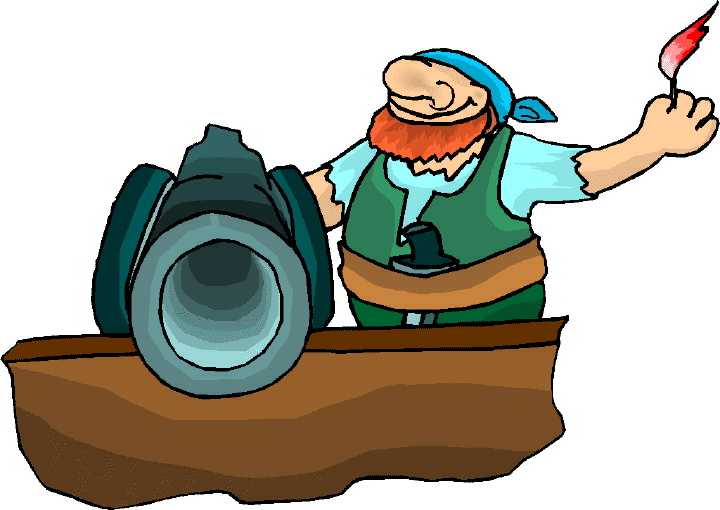 Pirates and Privateers Pirates and Privateers
The History of Maritime
Piracy
Cindy Vallar, Editor
& Reviewer
P.O. Box 425,
Keller, TX 76244-0425
    
Books for
Pirate Apprentices ~ Activities, Crafts, Games, &
Puzzles

How
to Build Pirate Ships
by Doug Stillinger
Klutz, 2006, ISBN 1-57054-228-7, US $12.95 / CAN
$16.99 / UK £8.99
    
Beware!
This is not your normal book and it can be
addictive, especially if you like jigsaw puzzles. How
to Build Pirate Ships is exactly what the
title says. Using building cards (already perforated
and notched) that come with this book, children and
adults can follow the page-by-page instructions to
create a pirate ship or use the cards to construct a
design of their own from a Spanish galleon to an
island fortress, or a mansion to a river barge.
Along the way builders learn the parts of a ship and
some scurvy pirate speak.

Instruction Card
(Source: Publisher, used with permission, image
copyrighted)
When I tried this book (which mysteriously appeared
at my door one day), I opted to build the pirate
ship in the instructions. First, I broke the cards
into hangers, noses, skinnies, trapezoids, arcs,
elbows, biggies, and squares. (Donít worry, these
are just the names of the various shapes of the
building cards, which are quite sturdy.) The
colorfully illustrated pieces have perforations that
easily allowed me to break them apart with a snap.
Using words and pictures, the instructions explained
how to put the pieces together. The diagrams allowed
me to see what pieces go where and how, as well as
how the ship will look once the pieces were applied.
I was shown what the vessel looked like once
finished, but I could have mixed and matched cards
to create a patchwork ship rather than the one that
was technically correct.
 
Building cards and sections of
ship
(Source: Publisher, used with permission, image
copyrighted)
I had only two problems while constructing my ship.
On page 11, there is an error in the number of
skinnies needed to complete step eight. The picture
shows the right number (three), but the card picture
says four. On page 14, step 14 seems to include a
skinny that has no purpose. Since I couldnít figure
out what to do with the card, I built the ship
without it and had no problems. Aside from this all
the instructions are clear cut and assembly is
simple. These books are designed for ages ten and
older, so younger builders may need the help of an
adult. When youíre finished, put the pirate that
comes with the book on the deck.
A few of the creations require more than one pack of
cards, but Klutz sells those in packs of two for
$10.95. I had a lot of fun building my pirate ship,
which measures fifteen inches tall, about seventeen
inches long, and seven inches wide. If I want to
design another vessel, I can easily take the cards
apart and begin again. The more cards I have, the
bigger the ships and the greater the number of them
that I can build. Great fun and an educational
treasure, too!
Notes:
I recently heard from Doug Stillenger, and he
has fixed the error on page 11.
The
extra card on page 14 is no longer included in
the artwork.
Also, Melissa Bloomfield, a publicist at
Scholastic Books, is the mysterious sender of
this book.
Review
Copyright ©2007 Cindy Vallar

Click to contact me
Background image compliments
of Anke's Graphics |




